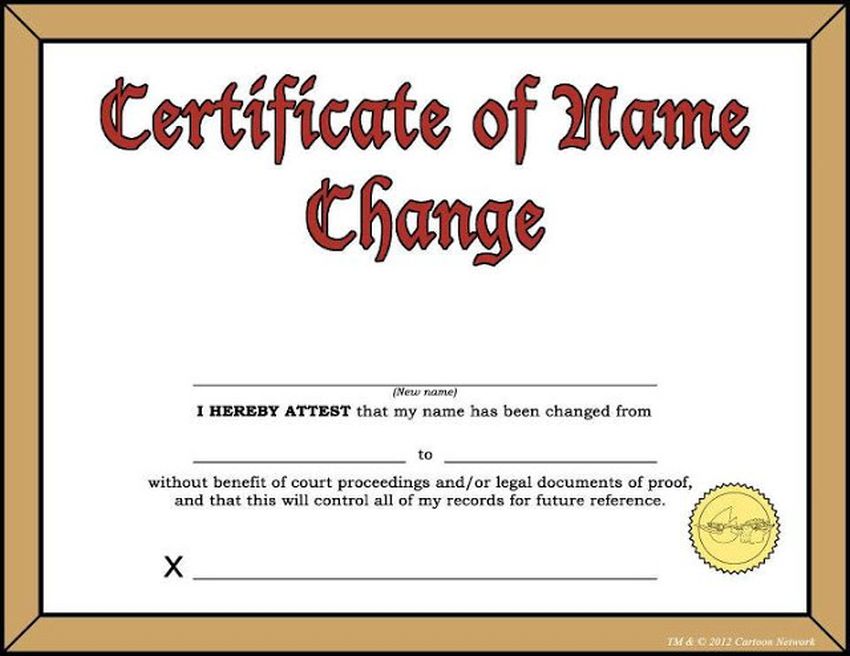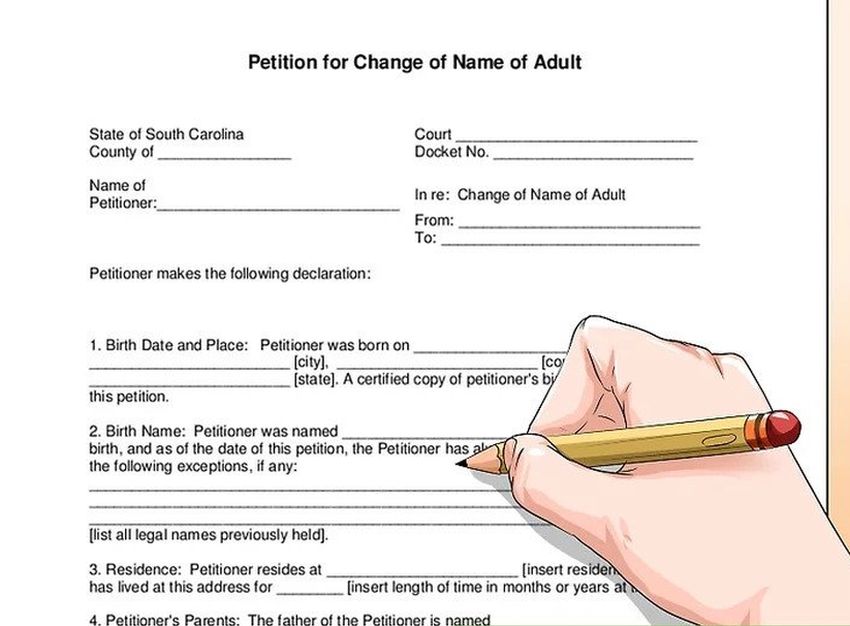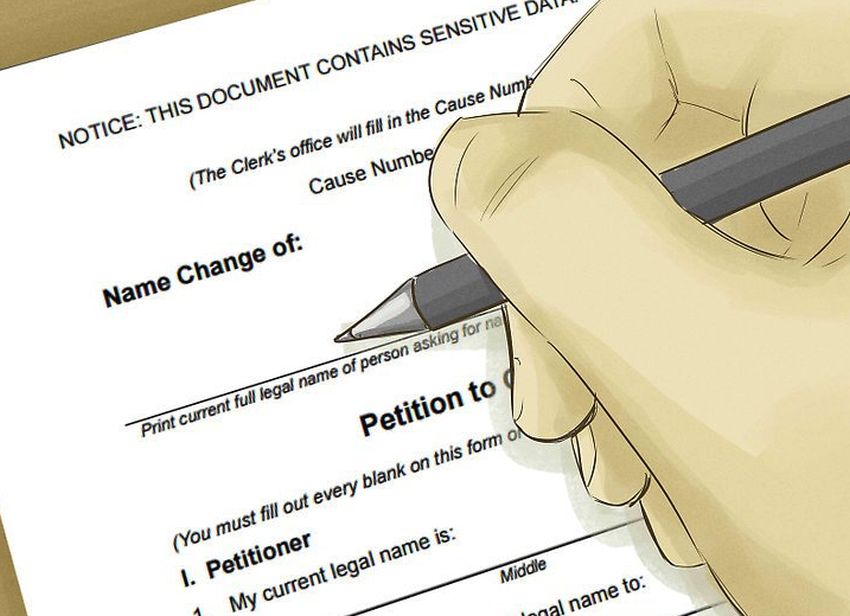Are you unhappy with the name on your birth certificate? Do you feel like changing your name is the first step to a new life? Have you divorced and you want to turn the page? Do you have name variations on different ID? If you answered “yes” to any of these questions, then this is for you. Here are all of the steps you need to follow in order to legally change your name.
Page Contents
1. Decide on A New Name
This is not applicable to all, so feel free to skip this if you are simply reverting back to a maiden name or something of that nature. Those who are making the change for other reasons should think really hard about what they would like to be called. It is not practical to choose this randomly since this is how you will be addressed over the course of your life. While you can change it again if you feel it does not suit you, the fees are not small in some jurisdictions so it is a good idea to make a wise selection the first time around.

source:wikihow.com
2. Fill Out the Required Forms
The Internet has made this part somewhat convenient since you can head online and download the needed forms, print it all out and have it ready when you get to the courthouse. Keep in mind that these forms and rules can be a little complicated so have patience. You may need to make corrections a time or two before everything is ready for filing at the courthouse..
Once that is complete, you can turn your forms in and pay any filing fees that are required. This varies depending on location, so do your homework and figure out what is required before you show up.
3. Submit Supporting Documents and Do Required Notices
In order to get your name changed, you may have to provide solid proof of your current name, residency or other pertinent facts. Documents that you may submit at this time include passports, state-issued ID cards, REAL ID cards, driver’s licenses and birth certificates. The requirements differ depending on your locale. In order to make sure you bring along the correct documents, you should call ahead. If that is not an option, bring all of the documents mentioned so there is no doubt you submit the correct ones.

source:wikihow.com
Most jurisdictions require publishing or posting notice of your name change details prior to going to your Hearing. This allows the general public to object. When this is required, your judge will almost certainly not grant your petition until you provide proof that it was done correctly. Read up and check with the court staff, in advance, to be sure about the rules for your court.
4. Attend A Hearing
Once you have filed the paperwork and submitted the documents required, a hearing will be scheduled for you. At that time, you will go in front of a judge or magistrate to review your information about why you would like to change your name. It is up to their discretion whether to approve it or not, but keep in mind that most real reasons are not objectionable. For instance, if you wanted to change your name to Banana Eater because of your love for the tropical fruit, there is a chance your petition will be granted.
If your request is denied, you have the right to an appeal. You will have to file the appeal and have another court review this case for you. An appellate case fee may have to be paid, so be prepared for that.

source:eusea.info
The hearing process is a bit different if you have been convicted of a crime, if you are still in the criminal system process, since it may be assumed you are trying to escape legal responsibilities. In this situation, you may need to convince a civil court that your name change doesn’t represent harm or damage to anyone or the community overall..
In cases where the person who wants to change their name is a minor, they will need to have a parent sign all of the required documents. One parent can start a petition for their child, but there the court may want to have the other parent sign approval or at least receive formal notice to allow for objections, if any..
5. Get A Signed Order
Once a judge or magistrate has decided you have a valid reason for the change, they will have to sign the order. Once that is complete, you can take it to a court clerk and have them certify it. This is a necessary step. Without this, your document will not be considered legally enforceable. In addition to the certified copy you need to make changes to ID and Official Records,, you should get a second certified copy to store in a safe place.

source:wikihow.com
6. Making Final Changes
This is probably one of the most exciting parts of the entire name change process. You get to see your “NEW LEGAL NAME” printed on all your key ID and Official Records. It will be necessary for you to fix the key documents that you have with your former (old) name on them. This includes all of the documents that you used to verify who you were at the very beginning of this process. In addition, you will want to inform your employer, the bank, creditors, teachers and anyone else who knows you by your other name.
Hold on to the original documents in case there is an issue later and you need to use them as evidence. For instance, when you try changing your name with some companies, they will request copies of both sets of documents. Do not attempt to use them for identification purposes anymore since you are no longer known as this person legally. Using it could be considered an offense, even though this is the name you used at one time in your life.
It will take some time and patience to navigate this process, but it is what needs to be done if the name you have is no longer the one that you want. Again, make sure that you are positive about this since it is such a big step. If you get stuck at any point, we can recommend this detailed guide, to make sure that you have not missed any important steps along the way.





